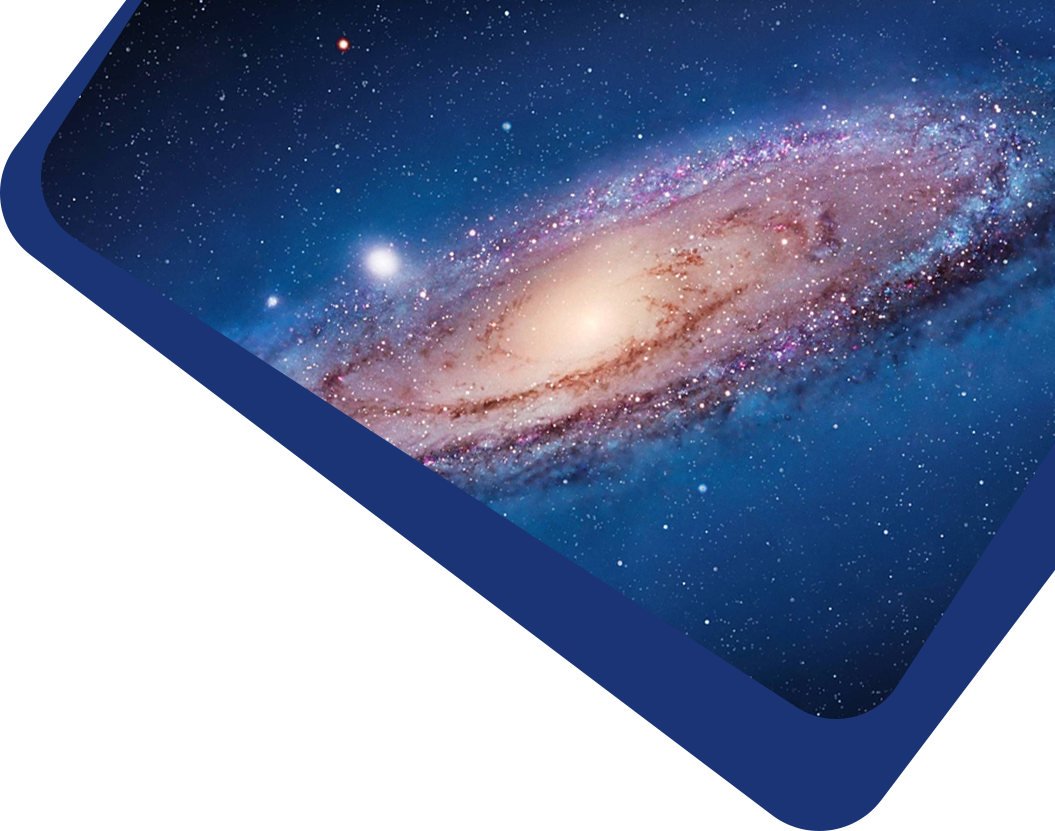

Type Ia supernovae (SNe Ia) are among the most extreme phenomena in the Universe and play a crucial role in the studies of stellar evolution, galactic chemical evolution and cosmology. However, the progenitors of SNe Ia are still under debate. It has been suggested that SNe Ia could be produced by helium (He) novae in the single-degenerate channel. Recently, a He nova named [HP99]159 was proposed to be a progenitor candidate for SNe Ia, in which the white dwarf (WD) has a mass of  , the He star’s mass ranges from 0.8 M⊙ to 2.0 M⊙ and the orbital period was suggested to be 2.33 or 1.16 days. In the present work, we evolved a large number of primordial binaries to the formation of WD+He star systems and investigated their future evolution. We provided a representative evolutionary track of [HP99]159 and found that [HP99]159 may originate from a primordial binary with a 6.16 M⊙ primary and a 4.32 M⊙ secondary with an initial orbital period of 5110 days. We also found that [HP99]159 might evolve to an SN Ia explosion as suggested by previous studies, or it may also form an accretion-induced collapse event or a wide double WD. Further detailed observations are needed in future studies to provide more information about the precise nature of [HP99]159.
, the He star’s mass ranges from 0.8 M⊙ to 2.0 M⊙ and the orbital period was suggested to be 2.33 or 1.16 days. In the present work, we evolved a large number of primordial binaries to the formation of WD+He star systems and investigated their future evolution. We provided a representative evolutionary track of [HP99]159 and found that [HP99]159 may originate from a primordial binary with a 6.16 M⊙ primary and a 4.32 M⊙ secondary with an initial orbital period of 5110 days. We also found that [HP99]159 might evolve to an SN Ia explosion as suggested by previous studies, or it may also form an accretion-induced collapse event or a wide double WD. Further detailed observations are needed in future studies to provide more information about the precise nature of [HP99]159.
(stars:) binaries (including multiple): close– stars: individual ([HP99]159)– stars: evolution– (stars:) supernovae: general– (stars:) white dwarfs
There are currently no refbacks.
It accepts original submissions from all over the world and is internationally published and distributed by IOP